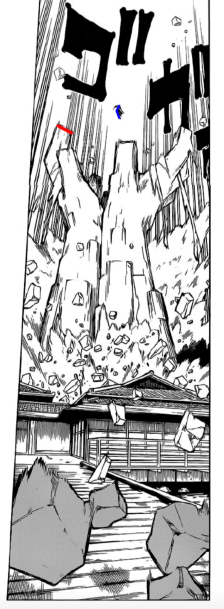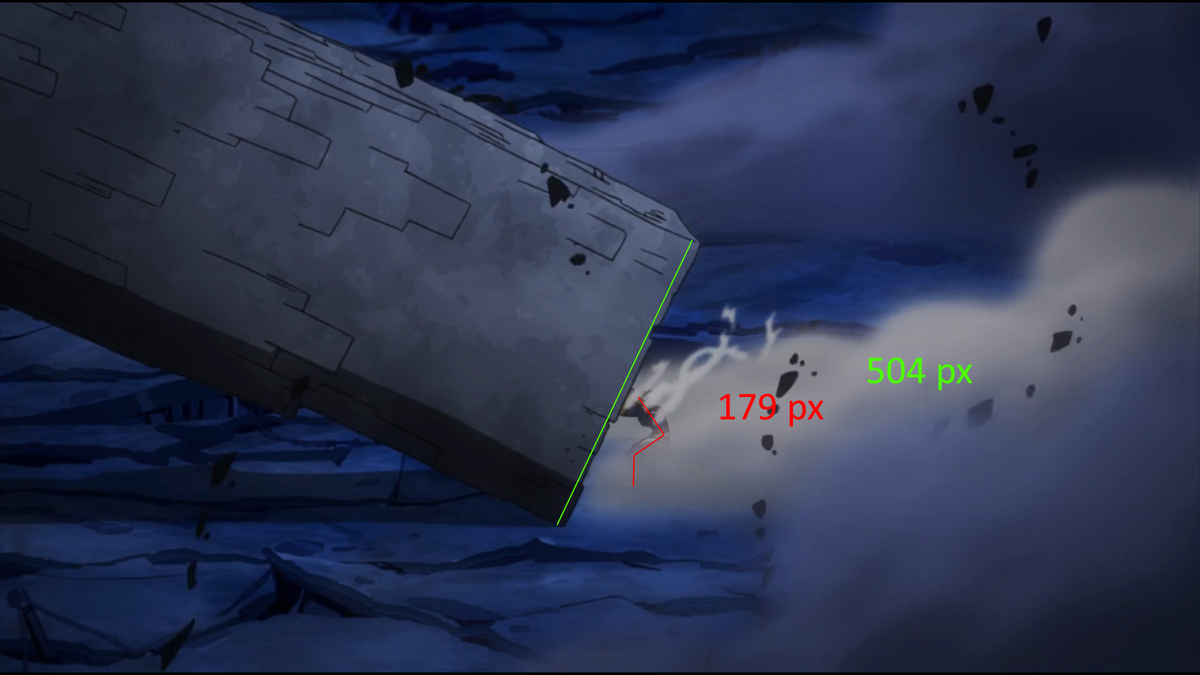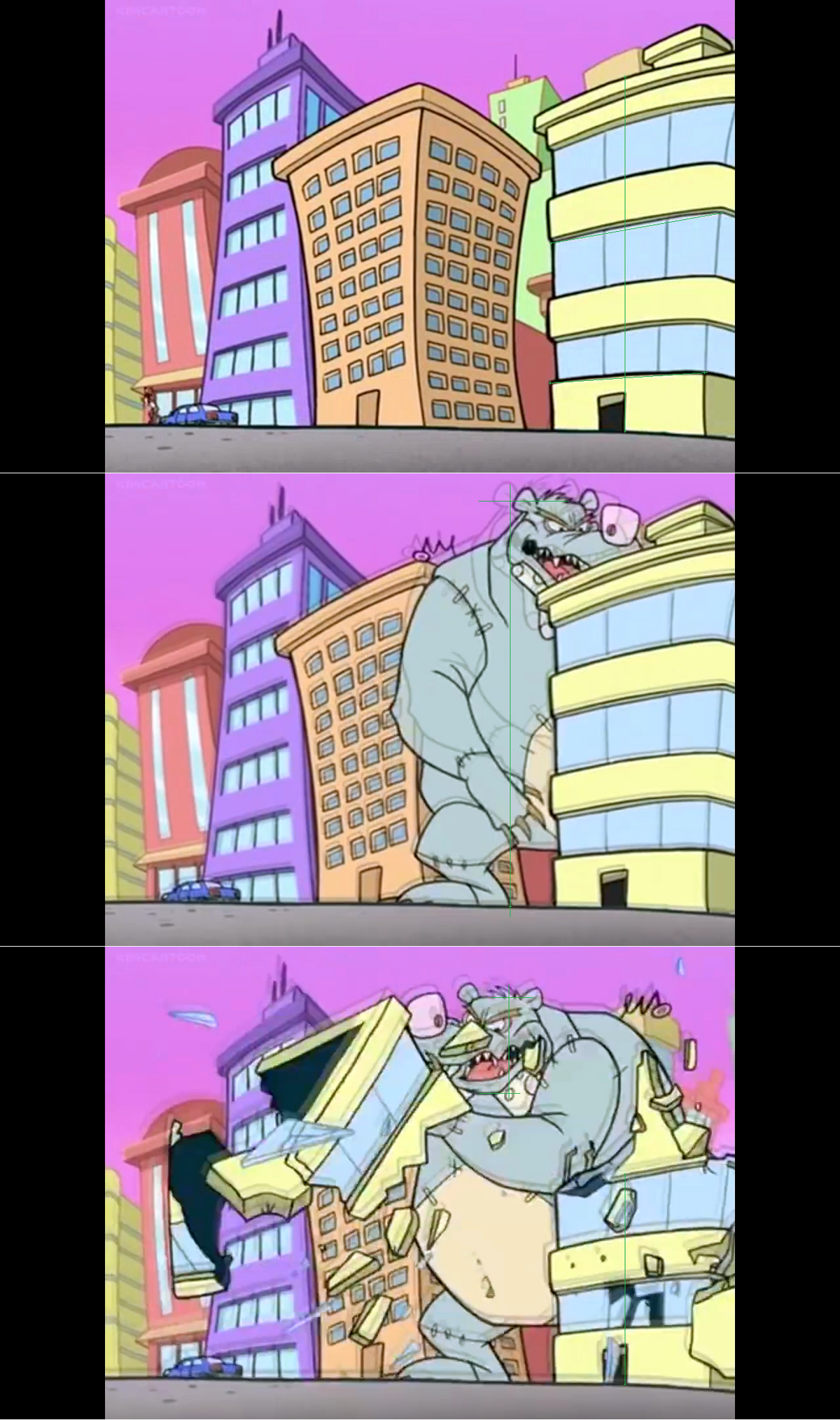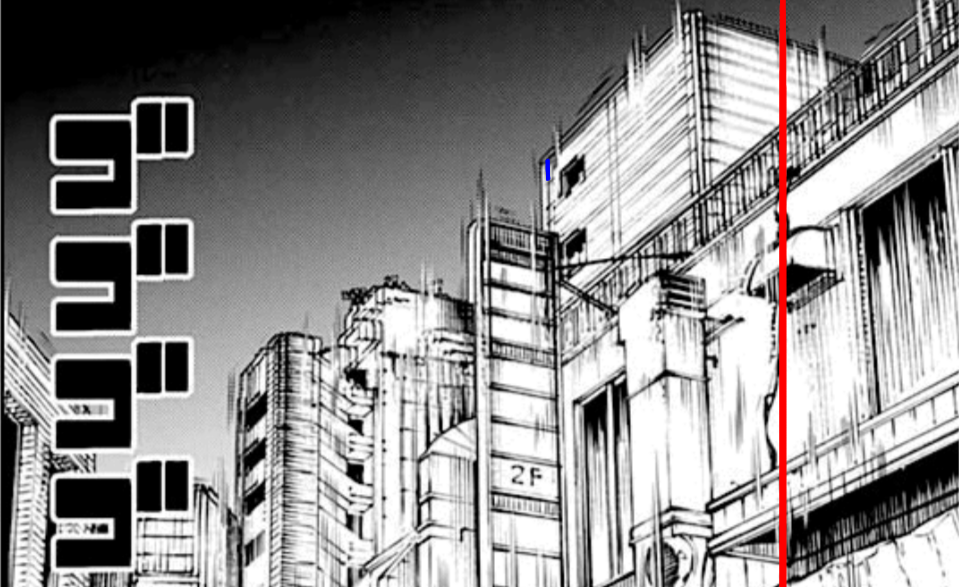- 1,682
- 1,164
If the peeps who prioritizes Jojo Calcs) think this feat is super super super difficult to calc, literally bullshit blazing,
Follow along with the video below to see how to install our site as a web app on your home screen.
Note: This feature may not be available in some browsers.
If the peeps who prioritizes Jojo Calcs) think this feat is super super super difficult to calc, literally bullshit blazing,

You use F=MA. F is force in Newtons, M is mass, A is acceleration in m/s^2. To get m/s^2 you take the distance and divide it by the timeframe twice I believe and you just plug it in to get the newtons.How can I find force in newtons with this calculation?

Jujutsu Kaisen - Stone Hand
vsbattles.fandom.com
Wait why did you divide the 33.3514306676 by 0.5 as well as the timeframe^2?So
(33.3514306676)/(0.5×0.013^2) = 394691.4871905m/s^2
19603142.7201*394691.4871905 = 7.7371935538e+12 newtons (Class G)
Is that right?

Maybe, I've only ever used distance/time^2 and I've been told that was correct though given the edit was suggested by a calc group member, I'd use that one instead so what you posted should be correctI found this calculation when I was researching and used it as a basis. It is probably a more complete formula (?)

Two Heroes: All Might Lifting Strength
vsbattles.fandom.com
The equation used there comes from this kinematic equation:Maybe, I've only ever used distance/time^2 and I've been told that was correct though given the edit was suggested by a calc group member, I'd use that one instead so what you posted should be correct
If you’re trying destruction values I’ve seen the generic destruction values used. Frag: 8 j/cc, violent frag: 69 j/cc, etc.What can I use for a generic material found under a city? Stone, dirt, etc.
Are you referring to the fact that things in water are pressurised and needs more punching power to punch things out?How do you calc punching something a certain distance underwater?
Pretty muchAre you referring to the fact that things in water are pressurised and needs more punching power to punch things out?


What temperature is required to vaporize metal instantaneously? I have seen some people say it is 2800 degrees and others say it is with 27700 degrees

Minor bumpCan shaking a city because you throw a huge amount of mass be considered an LS feat?

Completely unquantifiable feat, so without more context outside of "He split the sky", you don't have a feat to calcA simple question, but how do we calculate cloud splitting feats if there are no statements?
For example, a character was stated to split the sky with a mere attack, how can we calculate this? Do we just assume he cut through 20km of clouds?

I'm also looking at a comment about a method for this involving blocking out the sun's luminosity. When would that be applicable? Out of curiositySomething like this

Sword Art Online: It's not 4-B but it is pretty impressive actually
vsbattles.fandom.com
Well... When sunlight is blockedWhen would that be applicable? Out of curiosity
Mostly for absorbing light.I'm also looking at a comment about a method for this involving blocking out the sun's luminosity. When would that be applicable? Out of curiosity
We already have a value for turning humans into ash, just gotta figure out the bulk of the armor and shield weight, try to find the volume from that by using the density of the material used to make it, and apply the vaporization value of the material to it/the volume (Because metal can't turn to ash like humans do).How do you calc turn some soldiers wearing knight armor and shields to ash?